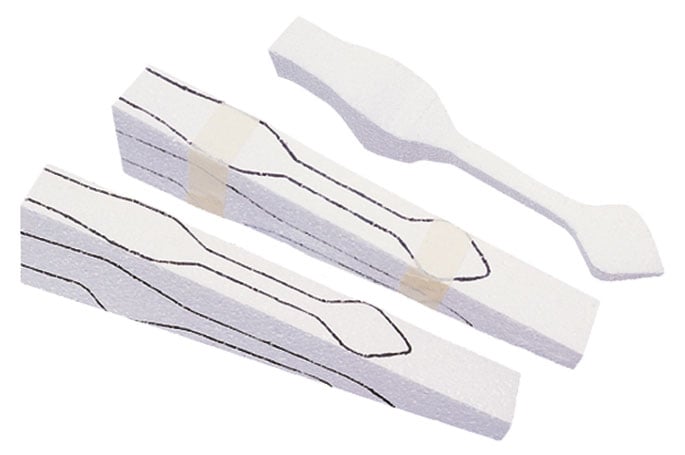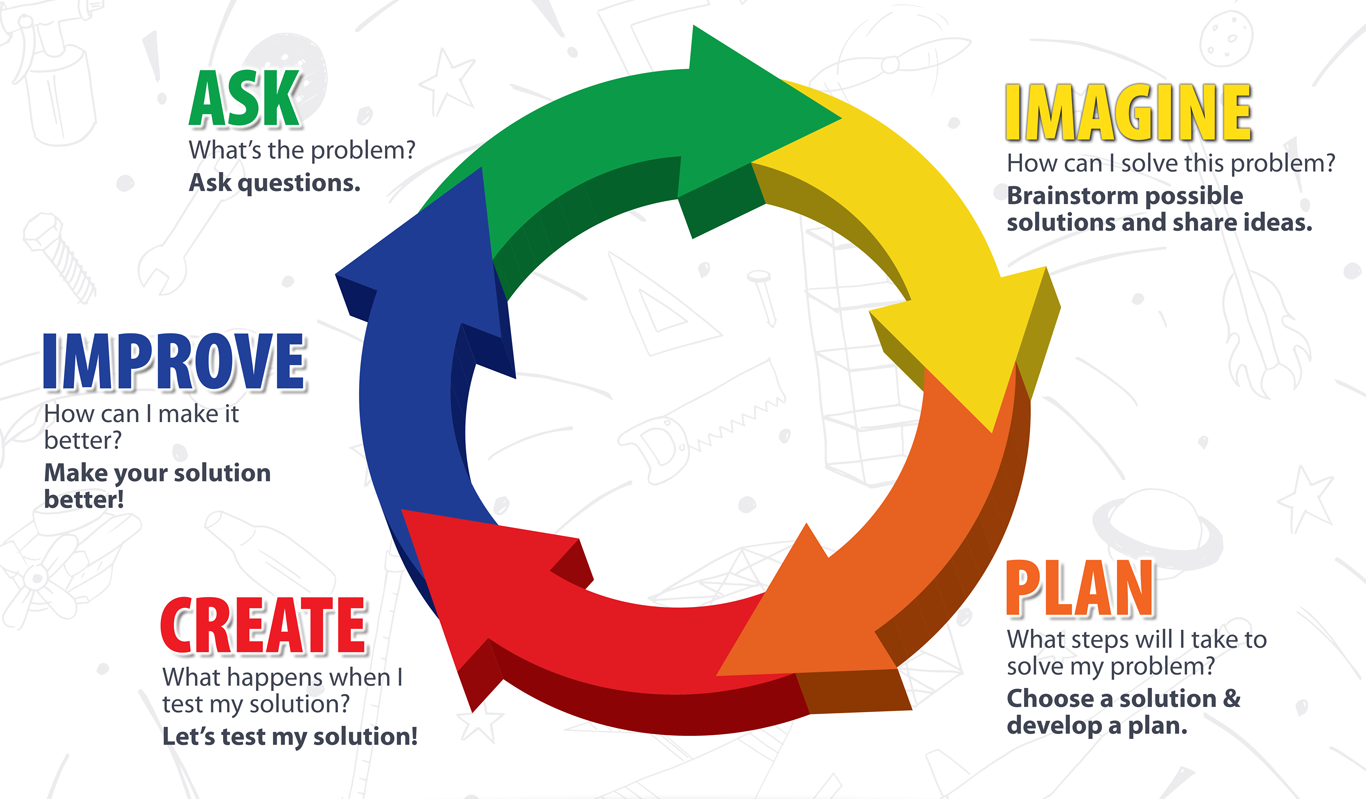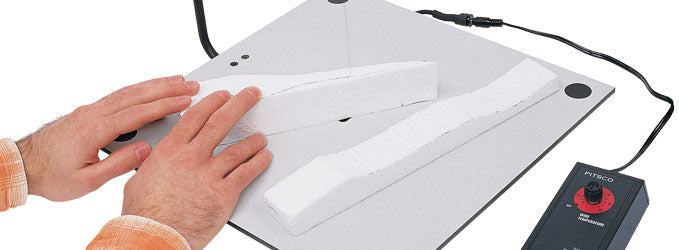Updated 4/11/24
We all know we should do it, but many of us don’t.
No, I’m not talking about saving money, exercising, or watching less TV. It’s about the foam prototyping step in the CO2 dragster building activity. So many people ignore this step, whether they’re making a basic dragster for a class activity or a gorgeous Custom Cruiser for display.
If you’re one of the guilty party, here are four reasons to start using those foam blocks:
-
Foam is cheap. Wood, not so much. Wood blanks are an expensive way to learn a lesson about how not to cut a dragster blank. Foam is a more affordable way to do that.
For the budget-minded educator, making foam prototypes just makes sense. The likelihood of mistakes is higher if you don’t make a prototype first. Wood blanks are an estimated $4+ each, depending on wood and size. Precut Styrofoam Body Blanks are $.65 each from Pitsco. So, how’s that sound for your budget?
That means if a student has an oops moment twice before a successful finish and they’re using wood, the cost could be $8+. With foam prototyping it would be only $1.30. Extend that out to 20 students and six class periods a day and the savings could be $800+ for this project alone when using the least expensive wood blank. Just imagine if you’re opting for the higher cost blanks. - Prototyping helps students understand the cutting process before they cut into wood. We all know that practice makes perfect, right? Well, prototyping a dragster is practice for the step-by-step cutting process of a car blank, which can be tricky and is often done incorrectly the first time around. The more practice your students have, the more successful they will be.
-
The engineering design process . . . It just makes sense! If you aren’t teaching this part of the dragster activity, you really should be. Otherwise known as the engineering design loop, this reinforces that engineering is as much about testing and redesigning as it is about the initial design. And the redesign can drive up consumables costs, so using foam helps keep these costs low.

Part of engineering in the real world is that success is rarely achieved on the first try, so learning this through a fun activity such as CO2 dragsters helps teach that lesson early on. -
The process doesn’t have to be messy. Yes, some people use hand tools to shape the foam, which is doable but also terribly messy. Consider using a foam cutter, which melts through the foam with a super-fine heated wire and doesn’t create all the dust and foam debris the hand tools often do.
Pitsco offers two different cutters. The Mini Foam Cutter is smaller and is good for more freeform cutting while being easy on the budget. However, though more expensive, the Free Hand Foam Cutter, with its 14" x 14" base, is better suited to this activity and offers positioning for square cuts as well as angled cuts.
If you have room in the budget, a foam option you can race is our Fusion Body Blanks. The mass of these innovative blanks is approximately equivalent to lightweight balsa wood blanks. Made with high-density polyurethane foam that can be formed and finished easier than wood, they’re molded to exact standards. In fact, these blanks are approved by the Technology Student Association (TSA) for their CO2 dragster competition.
Are you convinced? Tell us your thoughts in the comments. And don't forget to check out the catalog for the grade level you teach for all your dragster needs.

